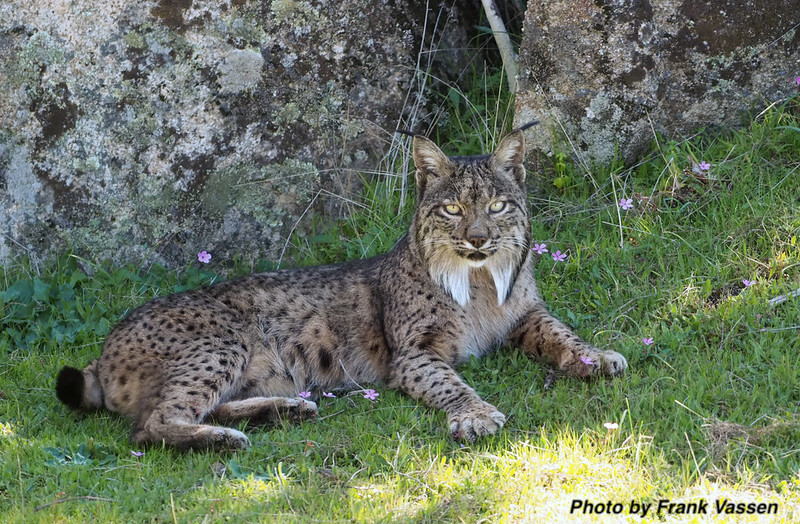
Jonathan FrazerIberian Lynx
“The Iberian lynx was an endangered species.” Historically, the Iberian lynx roamed extensively across Spain, Portugal, and parts of southern France. However, by the mid-20th century, its range had significantly contracted due to habitat loss, a decline in its primary prey (the European rabbit), and human-related threats. By 2002, the global population had plummeted to fewer than 100 individuals, confined to two isolated breeding populations in Andalusia, southern Spain. Habitat restoration and initiatives to bolster rabbit populations were ineffective, it appeared that the Iberian Lynx was in an extinction vortex — a self-reinforcing downward spiral in which small population size leads to inbreeding, loss of genetic diversity, and reduced fitness, further accelerating population decline toward extinction. Consistent with this theory, the remaining population were experiencing reduced reproductive success, smaller litter sizes and juvenile mortality. Things changed when conservationists implemented genetic rescue. Recognizing that the two isolated populations in Doñana and Andújar-Cardeña were genetically impoverished, with dangerously low heterozygosity and signs of inbreeding depression, efforts were launched to reintroduce gene flow between them. Individuals were translocated from one population to the other, reestablishing genetic exchange and increasing genetic diversity. This strategy was coupled with an ambitious captive breeding program, designed not only to boost numbers but to maximize the retention of rare alleles and avoid further genetic erosion. Carefully managed pairings in captivity and subsequent reintroductions into the wild enabled the establishment of new, genetically healthier subpopulations across Andalusia, Castilla-La Mancha, Extremadura, and the Guadiana Valley in Portugal. These efforts paid off: juvenile survival increased and the population began a sustained period of growth. By 2015, the total number had risen above 400, and by 2020 surpassed 1,000. In 2023, the population reached 2,021 individuals, including nearly 1,300 adults or subadults. With this recovery, the Iberian lynx was downlisted from “Endangered” to “Vulnerable” by the IUCN in 2024.
In some ways, it is the Iberian lynx that will stand by me. I’m building deep learning models to help guide genetic rescue efforts for critically endangered species, and the Iberian lynx will serve as both a case study and a mentor. By studying its genome, I hope to learn how to use these models effectively—understanding not only why genetic rescue succeeded for the lynx, but how to translate those lessons to help rescue others still trapped in extinction vortices.

